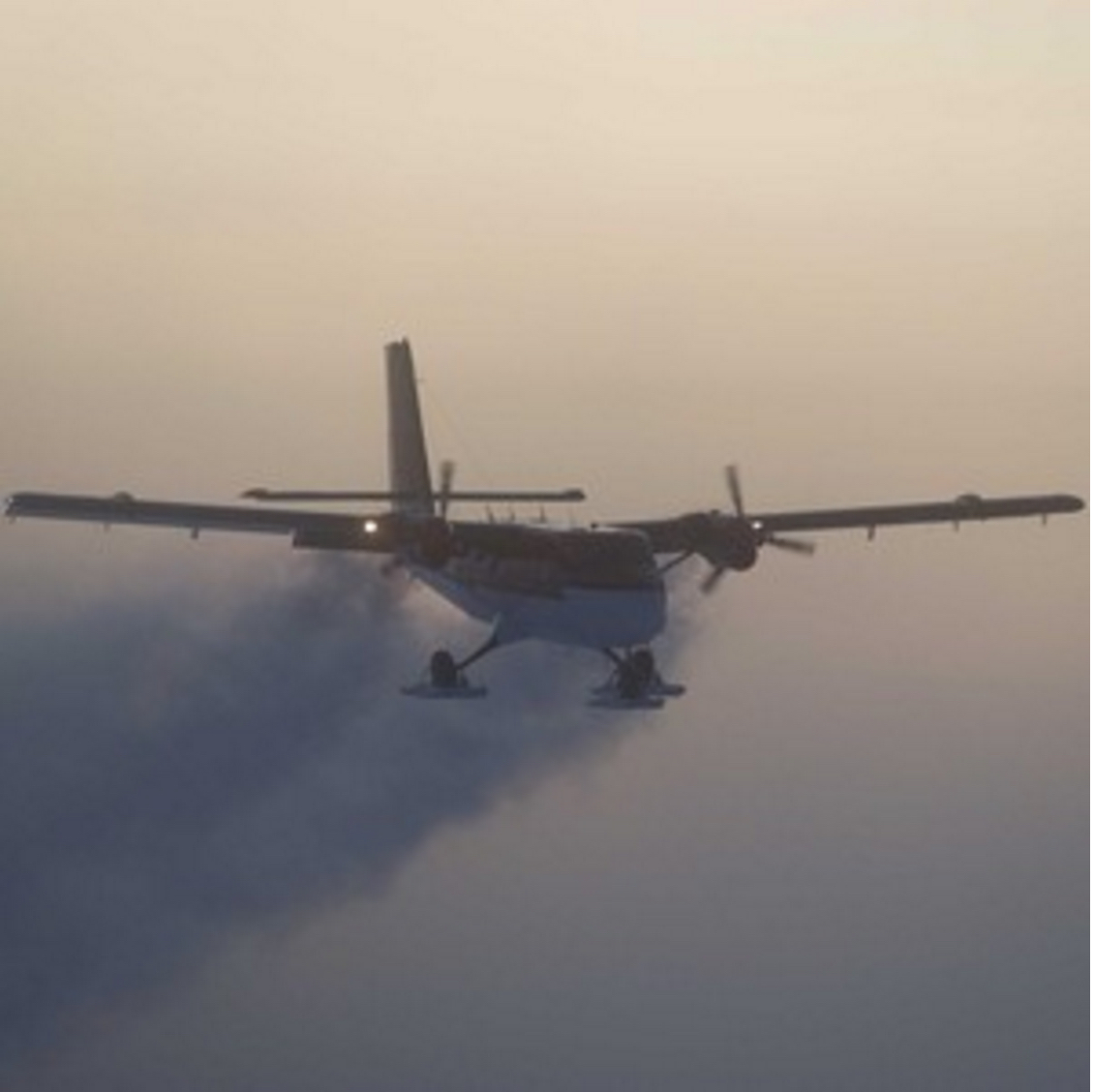Antarctic Rescue Underway

A daring medical rescue is underway in Antarctica, after a Twin Otter aircraft took off in almost total darkness from the South Pole early Wednesday morning, carrying a worker from the United States' Amundsen-Scott station in urgent need of medical care.
The aircraft's first port of call is the British Antarctic Survey base of Rothera, located 1,500 miles to the north, off the coast of the Antarctic Peninsula, near the tip of South America. It had left Rothera for the South Pole the previous evening, while a second plane remained on standby in case of emergency.
The name of the patient, a worker employed by logistics contractor Lockheed Martin, and the nature of his emergency were not disclosed, for privacy reasons.
RELATED: Night-Shining Clouds Come Early Over South Pole
Amundsen-Scott station was built in 1957, and is named after Roald Amundsen andRobert Falcon Scott, leaders of the first two expeditions to reach the South Pole -- in December 1911 and January 1912 respectively. (Scott and his team died on their return journey.) During the summer, it is home to approximately 150 scientists and logistical support personnel; during the winter months, between mid-February and late October, that total drops to about 50. (Prior to the evacuation, there were 48 people at the base this winter.)
Once winter descends, the over-wintering team is physically isolated from the rest of the world. The sun sets at the South Pole on March 21 and does not cross the horizon again for six months. The average winter temperatureat the Pole is -76 degrees F. At such low temperatures, even an aircraft's fuel can freeze; the Twin Otter, which is certified to fly in temperatures as low as -103 degrees F, is the only aircraft capable of undertaking a mission to the Pole in such conditions.
The decision to launch a rescue occurs only after the most serious of consideration. In 1999, when the station's doctor discovered a cancerous lump in her breast, she treated herself — even to the extent of administering her own chemotherapy — until her condition deteriorated, and the temperature rose to a balmy -58 degrees, and she was eventually evacuated in mid-October. Twelve years later, the base's winter managersuffered a stroke in August; again, she was not airlifted out until October.
Sign up for the Live Science daily newsletter now
Get the world’s most fascinating discoveries delivered straight to your inbox.
RELATED: Google Unveils New South Pole Views
Two previous mid-winter evacuations have taken place, however: in 2001 and 2003. One of the pilots for the 2001 rescue later recalled that, after taking off from the South Pole, they hoped they were headed in the right direction, but knew they couldn't entirely trust their instruments in such extreme conditions.
"All of a sudden, there was this faint pink line on the horizon," he recalled. "It was really beautiful to watch it grow. It was like a gift and a sign to say everything's going to work out."
Originally published on Discovery News.









